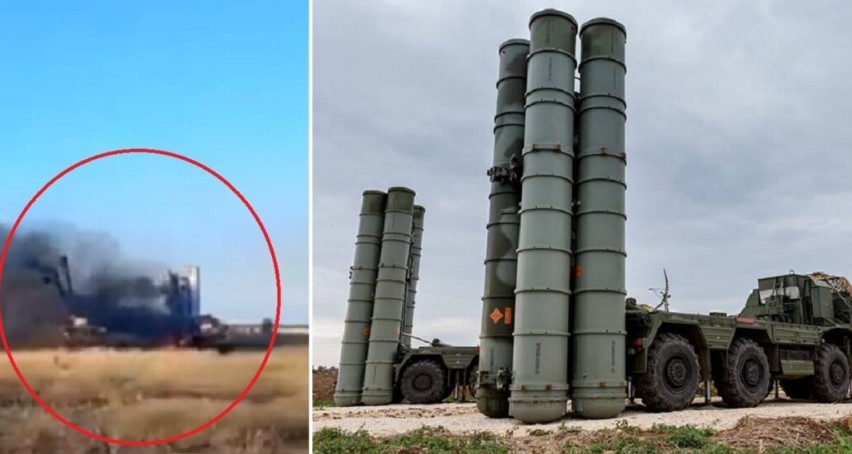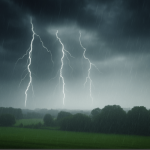Ukraine Strike Shatters Russian S-300V Air Defence in Donetsk – Dramatic Footage Released
Ukraine’s relentless push to dismantle Russian military infrastructure has taken another dramatic turn, with elite Ukrainian special forces successfully obliterating a key Russian air defence complex in Donetsk.
The operation was spearheaded by the “Prymary” unit, also known as the “Ghosts” from the Main Intelligence Directorate (HUR). On July 19, the unit confirmed it had executed a calculated precision drone strike, neutralising one of the Russian army’s most prized anti-air systems: the S-300V.
Footage released by the HUR shows explosive aerial visuals of the hit. The impact? Devastating.
“This is a targeted strike with combat drones operated by special forces,” the HUR noted in its official statement issued on July 18. The footage backs their claim — black smoke rises from charred remnants of once-formidable radar units.
Among the destroyed equipment were:
- Three 48Ya6-K1 “Podlyot” radar stations
- Two “Niobium-SV” radar systems
- Two S-300V missile launchers
- One P-18 early-warning radar
Each of these assets plays a vital role in detecting and countering airborne threats. Their loss? A serious dent in Moscow’s regional defences.
“This wasn’t a random attack,” one Ukrainian analyst said off the record. “It’s part of a calculated campaign. They’re targeting Russia’s eyes and ears.”
The “Prymary” unit has become a key figure in this tactical chess match. Their ongoing mission? Methodically dismantling Russia’s air defence grid — piece by piece.
This latest hit is part of a wider trend. Just recently, Ukrainian forces took out a $25 million Russian Tor-M2 system in the south. That strike, also using a precision-guided loitering munition, reinforced Ukraine’s strategy: disable, disrupt, dismantle.
While Russia continues to deploy vast resources to hold territory, Ukraine is betting on precision and brains over brute force. And it seems to be working.
With these attacks becoming more frequent, experts warn that the pressure is mounting on Russian commanders to adapt. The skies above Donetsk are growing more dangerous, not for Ukrainian aircraft, but for the systems meant to shoot them down.






